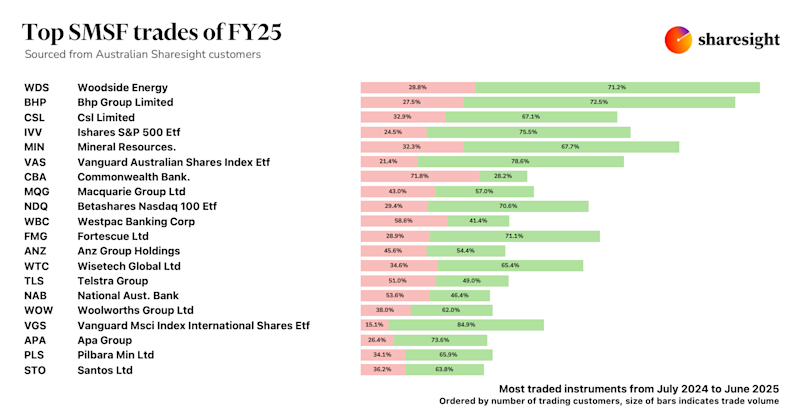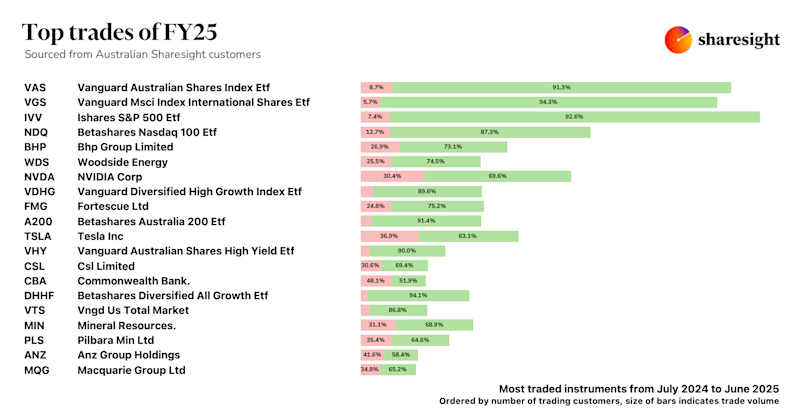What is leveraged investment?
Disclaimer: This article is for informational purposes only and does not constitute a specific product recommendation, or taxation or financial advice and should not be relied upon as such. While we use reasonable endeavours to keep the information up-to-date, we make no representation that any information is accurate or up-to-date. If you choose to make use of the content in this article, you do so at your own risk. To the extent permitted by law, we do not assume any responsibility or liability arising from or connected with your use or reliance on the content on our site. Please check with your adviser or accountant to obtain the correct advice for your situation.
Leverage is the strategy of using borrowed money to increase investment power. The principle of leveraged investing is that higher investment profits can be realised by using debt facilities. Profits come from the difference between the investment returns on the borrowed capital and the cost of the associated interest. However, leveraged investing exposes an investor to higher risk as both enhanced profits and amplified losses are possible outcomes. Before using leverage, investors should consider their investment goals, risk tolerance, market conditions and liquidity.

How does leverage work?
Leverage can be used in a variety of ways by everyone from large corporations to small businesses, professional traders to everyday investors. Essentially, anyone who has access to borrowed capital to boost their returns on the investment of an asset is using leverage. A basic example is a prospective homeowner taking out a mortgage. By loaning money from a bank, they are essentially using leverage to buy an asset – in this case a house – which may increase in value over time. Central to this strategy is that debt and equity combined will always be greater than equity alone and what one can purchase using both will always be more substantial.
How to invest with leverage
The concept of leverage is used by both investors and companies, with the former using leverage to increase the returns that can be provided on an investment, and the latter using leverage to finance their assets. For investors, aside from direct borrowing, there are three main leveraged investment strategies: margin trading, options trading, and leveraged ETF trading.
Margin trading uses borrowed money to purchase or sell short securities. This occurs in a "margin account," a type of brokerage account in which your brokerage firm lends you cash (a “margin loan”), using the account as collateral, to purchase or sell short securities.
Options trading refers to the buying and selling of options. Options are contracts that provide the holder with the right to buy or sell an underlying asset, at a fixed price (also known as the "strike price"), on or before a specified future date.
Finally, Leveraged ETFs seek to deliver multiples of the performance of the index or benchmark they track. Like traditional ETFs, some leveraged ETFs track broad indices, some are sector-specific, and others are linked to commodities, currencies, or some other benchmark. With leveraged investments it is always worth considering where the borrowed capital comes from.
How to calculate return on investment with leverage
Leverage can increase the potential returns on an investment. Here’s a basic example of how that would work with direct borrowing:
An investor has $100 of their own money and borrows $1500 from the bank at an interest rate of 6%. They then invest the entire $1600 in an investment that they are confident will grow 15% in a year. They plan to return the borrowed money plus interest at the end of a year. If they are correct, then the value of the investment will be $1840 at the end of the year. They would pay the bank back $1500 + $90 = $1590. That leaves them with a total of $250 and a net gain of $150, once you subtract the initial $100 they invested, and a 150% return.
What are the advantages of leveraged investing?
Investors and traders use leverage primarily to amplify profits as these can be made exponentially more rewarding when your initial investment is multiplied by additional upfront capital. In addition, using leverage may allow investors to access more expensive investment options that they wouldn't otherwise have had access to with a smaller amount of upfront capital.
For example, rather than contributing the entire upfront investment amount from their own funds, investors can borrow to invest and only contribute a small portion of their own funds to meet the borrowing costs. This means that the investor may be able to use their remaining capital to make other investments and diversify their portfolio.
What are the disadvantages of leveraged investing?
It's important to remember that leveraged investing can be risky and just as winning investments are amplified, so are losing investments. Losses also have the potential to be greater than the investor’s initial capital investment. On top of that, given the costs associated with borrowing – and potentially fees and premiums from brokers and contract traders – the performance of the underlying investment will need to at least equal the borrowing costs before hitting break even on the investment.
Leverage also has the potential downside of being complex. This may require additional attention to one's portfolio and contribution of additional capital should their trading account not meet their broker's liquidity requirement.
Leverage vs. margin loans
Margin loans use the equity in an investor's account as collateral for the debt. They are provided by brokers but are heavily regulated as this extension of credit to investors has contributed to stock market crashes in the past. An investor would use margin to create leverage, increasing their buying power by the marginable amount.
For example, if the collateral required to purchase $10,000 worth of securities is $1,000 you would have a 1:10 margin (and 10x leverage). The advantage of margin loans is that they are easy to use, and the capital can be used to purchase virtually any investment. The disadvantage is that interest rates on margin loans are often comparatively high, and this may add to the significant financial risk inherent in this strategy.
Summary
Leveraged investing is a strategy that requires an investor to borrow money to invest in an asset and make a potential return. Ideally, this allows them to pay back the money they owe while also making a profit on top of that. Leveraged investing is a high-risk strategy that should be used with caution, as it relies on an investor’s ability to predict that an asset’s value will increase by enough money to (at minimum) cover the money they borrowed and any interest payments required. Before considering this strategy, be sure to do your research and/or speak to a trusted financial professional to determine whether this is the right strategy for you.
Track your investment performance with Sharesight
If you’re not already using Sharesight, what are you waiting for? Join hundreds of thousands of investors using Sharesight to see the true performance of their investments. Sign up and:
-
Track all your investments in one place, including stocks in over 40 major global markets, mutual/managed funds, property, and even cryptocurrency
-
Automatically track your dividend and distribution income from stocks, ETFs and mutual/managed funds
-
Run powerful reports built for investors, including performance, portfolio diversity, contribution analysis, multi-period, multi-currency valuation and future income (upcoming dividends)
-
Get the true picture of your investment performance, including the impact of brokerage fees, dividends, and capital gains with Sharesight’s annualised performance calculation methodology
Sign up for a FREE Sharesight account to start tracking your performance (and tax) today!
FURTHER READING

Sharesight users' top 20 trades – June 2025
Welcome to the June 2025 edition of Sharesight’s monthly trading snapshot, where we look at the top buy and sell trades by Sharesight users in all markets.

Top SMSF trades by Australian Sharesight users in FY24/25
Welcome to our annual Australian financial year trading snapshot for SMSFs, where we dive into this year’s top trades by Sharesight users.

Top trades by Australian Sharesight users in FY24/25
Welcome to the FY24/25 edition of our Australian trading snapshot, where we dive into this financial year’s top trades by Sharesight users.